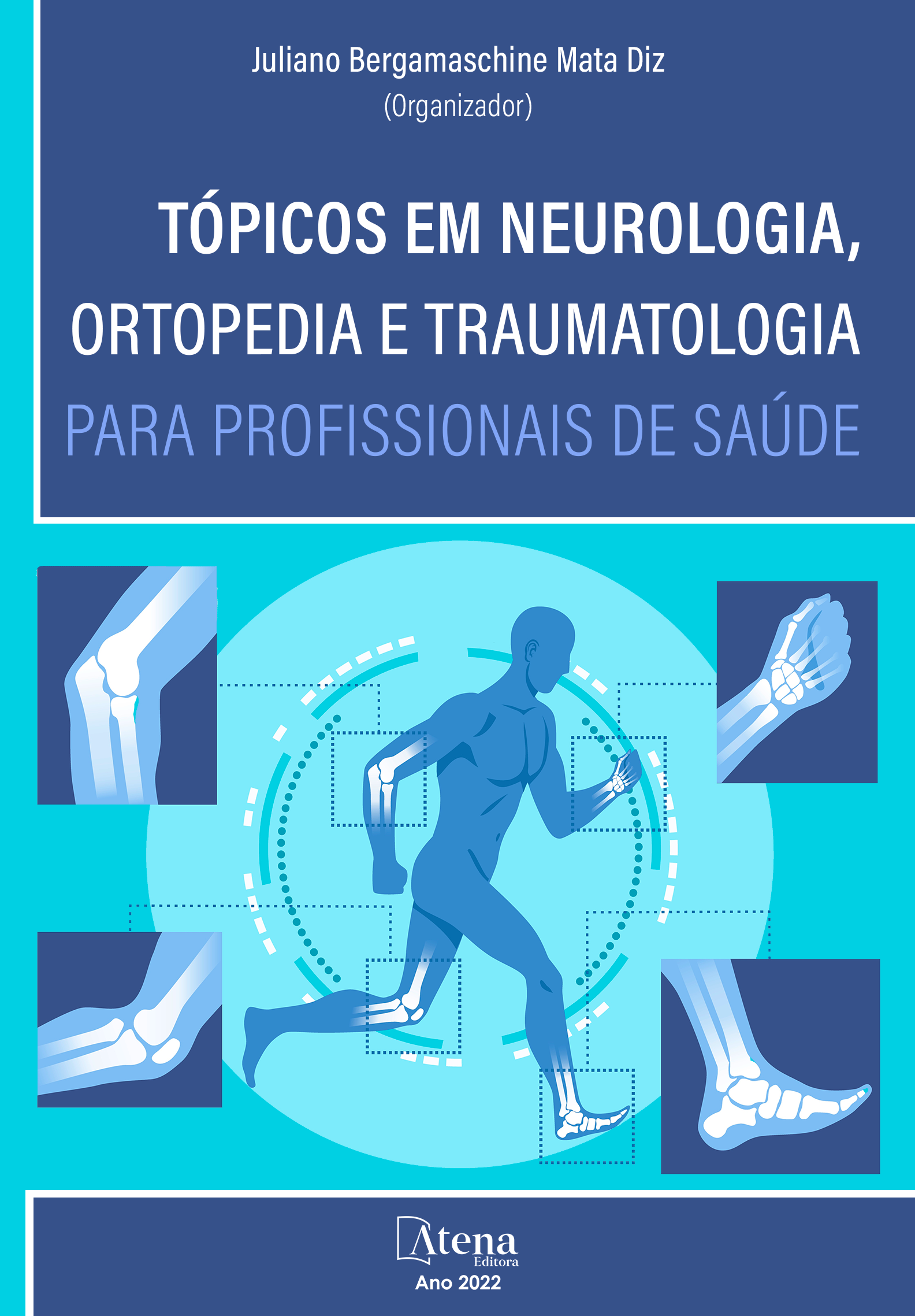
Body mass index found not to be associated with metabolic indicators in patients with orthopedic trauma
INTRODUÇÃO: A relevância do estado nutricional em pacientes com traumatismo ortopedico(T0) se tem reforçado na literatura; OBJETIVO: comparar pacientes com sobrepeso e obesidade com pacientes com peso normal e sua relação com indicadores nutricionais e metabólicos; METO-DOS: os pacientes com TO (n=108) foram investigados em um estudo prospectivo para o índice da massa corporal (IMC) em relação com a circunferência da panturilha (CP), vitamina D e níveis séricos de albu-mina. A análise estatística incluiu os testes de qui-quadrado, ou Fisher, e o de Mann-Whiteny e o coeficiente de correlação linear de Spearman; RESULTADOS: Não houve associação entre gênero, tipo de fratura óssea, lateralidade, tabagismo, diabetes, menopausa, albumina e vitamina D entre os dois grupos de pacientes classificados pelo IMC. Houve associação (p< 0,0001), somente com valores baixos de CP em pacientes com peso corporal normal; CONCLUSÃO: o IMC não foi associado com indicadores metabólicos em pacientes com traumatismo ortopédico.
Body mass index found not to be associated with metabolic indicators in patients with orthopedic trauma
-
DOI: 10.22533/at.ed.6892223084
-
Palavras-chave: Trauma ortopédico, peso corporal, índice de massa corporal, vitamina D e albumina.
-
Keywords: Orthopedic trauma, body weight, body mass index, vitamin D and albumin.
-
Abstract:
Introduction: The relevance of the nutritional status in patients with orthopedic trauma (OT) has been enhanced in the literature. Objective: This study compared overweight and obese patients with normal body weight patients and their relationship with nutritional and metabolic indicators. Methods: Patients with OT (n=108) were investigated in a prospective study for body mass index (BMI) in relation to their calf circumference (CC), vitamin D and albumin serum levels. The statistical analysis included the Chi-square or Fisher tests and the Mann-Whitney test and Spearman’s linear correlation coefficient. Results: There was no association between gender, type of fractured bone, laterality, smoking, diabetes, menopause, albumin and vitamin D and the two groups of patients classified by BMI. There was an association (p <0.0001) only with CC, with lower CC values in patients with normal body weight. Conclusion: BMI was not associated with metabolic indi- cators in patients with OT.
-
Número de páginas: 7
- Hallan DOUGLAS BERTELLI
- Vânia Aparecida LEANDRO-MERHI
- Carla Adriane ROBALLO BERTELLI
- Kelly Cristine SANTOS ROBALLO
- JOSÉ LUIS BRAGA DE AQUINO


